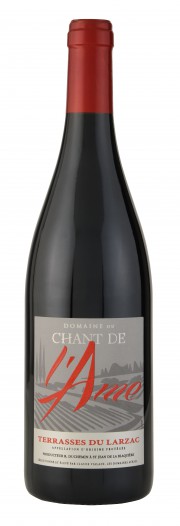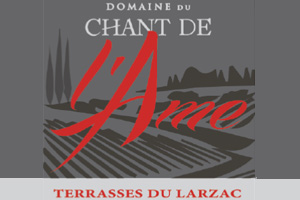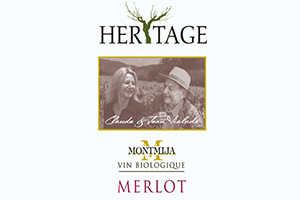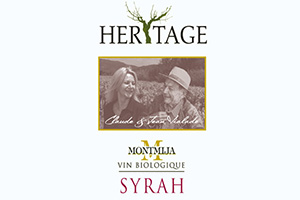Domaine du Chant de l’Ame


Producer
Rémi Duchemin – Saint Jean de la Blaquière
History or Origins
On the commune of St Jean de la Blaquière, from Blaca, a type of green truffle oak often present between the fertile plain and the chestnut trees from higher up. The Appellation Terrasses du Larzac is an area at altitude where the culture of the vines on old parcels of food production ( a mix of fruit trees and pasture) is still maintained, the exploitations are of humane size with an average of 10 to 15ha like that of Rémi (12ha). Located at the North West of Montpellier, the vineyard is marked by the coolness that comes down from the Aveyron plateau with a symbolic landmark the Mont Baudile reaching over 850m and the priory of Saint Michel de Grandmont the last stop on the Saint Jacques road before the winding forests of the Haut–Languedoc. Finally with in-depth work on the blend (3 grape varieties minimum) and ageing for a minimum of 12 months, we give these wines a unique signature.
Geography
On the transition between the ruffes (red soil) of the Lac du Salagou and the plateaus of Larzac and its limestone scree. It is a region of altitude (300 – 500m).
Vineyard and Management
A vineyard which is divided into a large number of parcels, the vines on the plateau are cultivated on terraces held up by walls of dry stones (technique practically forgotten) the vines cultivated on the ruffes bring out the atypical value of the area in the spring when the tender green on the Grenache cuts with the dark red of the iron oxide clay sediment.
The pruning is traditional ancestral Gobelet for the Carignan and the Grenache, vines are canopy trained with double cordon de Royat for the Syrah.
Grape Variety / Colour
Red wine with black grape varieties: 30% Carignan, 30% Syrah, 20%Grenache Noir, 20% Cinsault
Vinification and Ageing
Harvested in 15kg crates. Total destemming and strict selection grape by grape. Vatted by gravity.
Vinification in steel vats at controlled temperature, short to medium vatting period with yeasting. Light pumping over daily and punching of the cap at the end of fermentation. Ageing in part in an ovoid vat of cement allowing dynamic micro-oxygenation of the wine like through a barrel but by conserving the fresh fruity profile.
Tasting and Gastronomy
Dark red robe with purple tones, a very expressive nose, fruity–floral with notes of blackberry jam and violet syrup. This wine presents a complex palate with a very good acid balance and silky tannins. The finish is spicy–floral with notes of Sichuan pepper.
Accompanies veal blanquette, Italian cold meats, smoked duck or truffle omelette. Serve between 16 et 18°C.
Fiche Technique
Télécharger au format PDF



